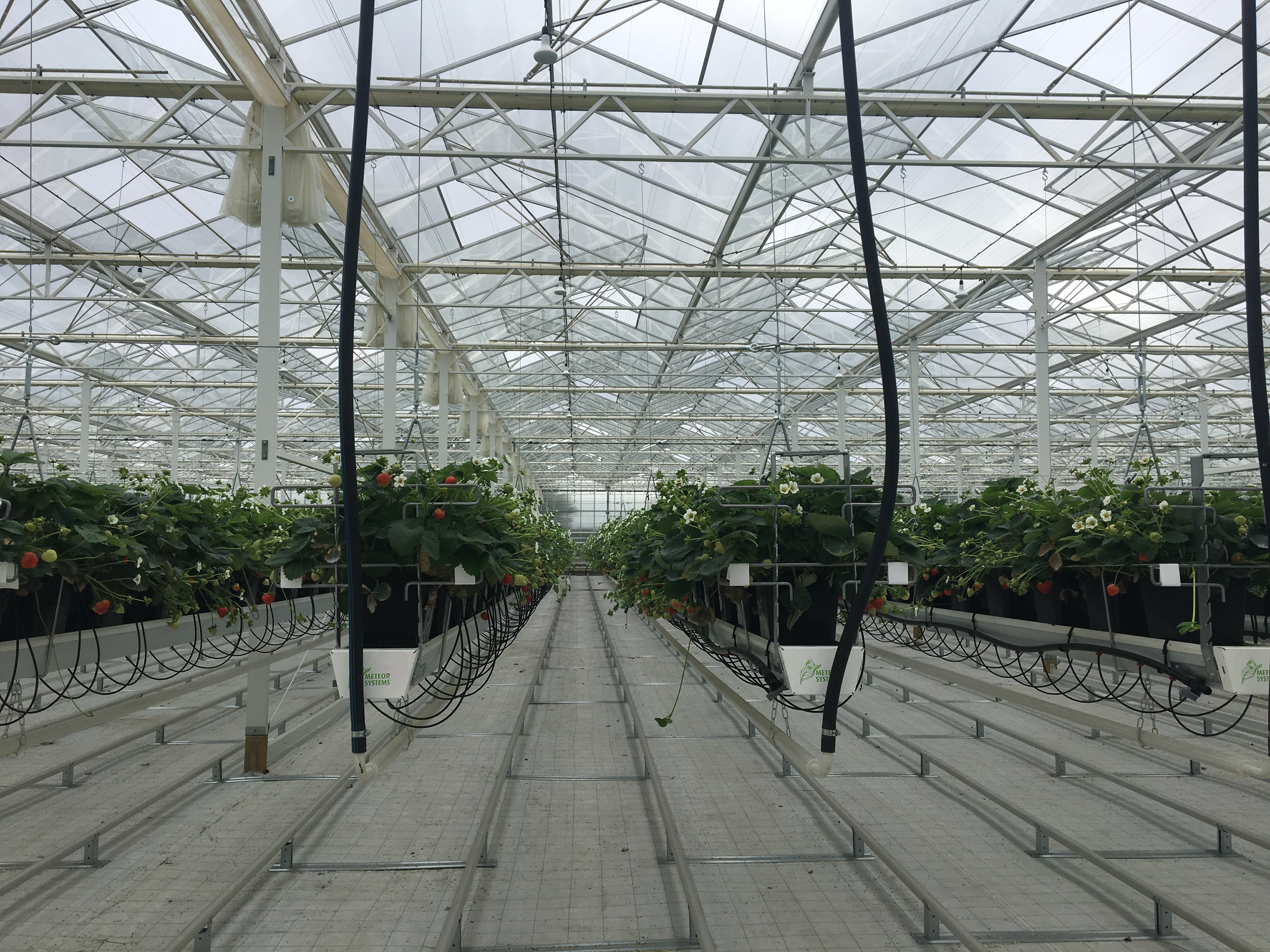Please click here to access the main AHDB website and other sectors.
- Home
- Knowledge library
- Energy management - Top tips for remembering the basics
Energy management - Top tips for remembering the basics
It’s often easy to spend time looking at the new, different and exciting changes happening in energy and their effect on your business. However, sometimes we need to focus on some of the basic energy management actions that are always relevant and often provide the fastest and cheapest route to keeping energy costs low.
Energy consumption for heating dominates the protected cropping sector and good management in this will provide the biggest savings. The following actions assume that your climate zones are correctly designed and can be set-up to achieve optimum conditions.
Action 1 – Check your climate control settings
Over time we all make tweaks and changes to the set points and temperatures that we require in the greenhouse/polytunnel. Spending a morning looking at each climate zones’ settings and making sure they are right for the conditions and for the crop you are growing will ensure consistency in growth as well. It is helpful to keep a diary or log of the settings and any changes that you make, so that you can refer to these at the changes of the seasons or when things aren’t quite straightforward.
Action 2 – Check your insulation
Reducing heat loss has obvious implications in reducing energy consumption, it will also help climate control and evenness of temperature within your climate zones. Insulation in this context means not only that wrapped around pipes but also what you might put around the sidewalls of your greenhouse/tunnels and temporary or permanent screens. Ripped screens will create difficult control environments for both temperature and humidity. Remember, wet insulation on pipes is useless!
Action 3 – Survey your heating system
Are you getting the right pipe temperatures and the necessary speed of response when you ask for a pipe temperature change? Infrared handheld temperature guns are cheap and readily available and one of the easiest ways to measure water temperatures in pipes. You should aim for a change in pipe temperature to be affected within 20 minutes and around a 10 °C drop in pipe temperature from one end of a zone to the other. If you are struggling to achieve these then you may need to spend a bit of time checking out your pumps and valves to ensure they are operating correctly.
Action 4 – Ensure your vents close properly
Uncontrolled air exchange will be one of the biggest contributors to heat loss and inefficiency. Simple actions such as making sure each vent closes positively and accurately against the frame will reduce this. Others include repairing broken or slipped panes of glass, replacing rubber seals where they are worn and making sure doors slide easily on their runners and that the auto close systems function correctly.
Action 5 – Measuring box maintenance
Most greenhouse staff are familiar with regularly checking the measuring boxes for water content and wick quality. However, you should also check that wet and dry bulb sensors (where fitted) are still functioning correctly as a pair, that the fan is free and unobstructed by the build-up of dirt and that the box is in the right location. Any electronic sensors should be calibrated to maintain their accuracy, either by self-calibration or by replacing, if more cost effective.
Electricity is less of a cost for most but no less important an area to ensure efficiency on principle. Electricity will be used for driving pumps, motors, fans, cooling systems, lighting, and many ancillary systems on your site.
Action 6 – Tune your supplementary lighting requirements
In winter months, shorter daylight hours and more cloud cover means that supplementary lighting hours are increasing. Ideally, you should be controlling lights based on the required light levels of your crop, and automatically switching on and off as needed. Where this leads to unpalatable switching patterns another approach is to check light levels weekly and increase lighting hours as necessary. Of course, we must remember to decrease them in the same way, at the other end of the season.
Action 7 – Check your automated control settings
It is rare that an electrical system is not, or is unable to be, controlled automatically. Your climate computer will be responsible for the operation of fans and heating pumps so check the settings are still appropriate and tweak them as necessary. Any sensors in packhouses or cold storage should be subjected to calibration and checking in just the same way as those used for heating systems. Additionally, any lighting for general purpose should be controlled to match the demands for it and not left switched on unnecessarily.
Action 8 – Make energy saving and good management everyone’s responsibility
All staff within a business should be aware of your company’s care and attention regarding saving energy. Strategically placed notices reminding everyone of the importance of switching off equipment and being efficient often leads to a culture of energy saving that goes far beyond the individual equipment. Listen to your colleague’s ideas for energy saving actions, and if in doubt measure beforehand, try the idea and measure again afterwards to give you confidence in the effectiveness of the action.
Have a question? Ask the team...

Topics:
Sectors:

